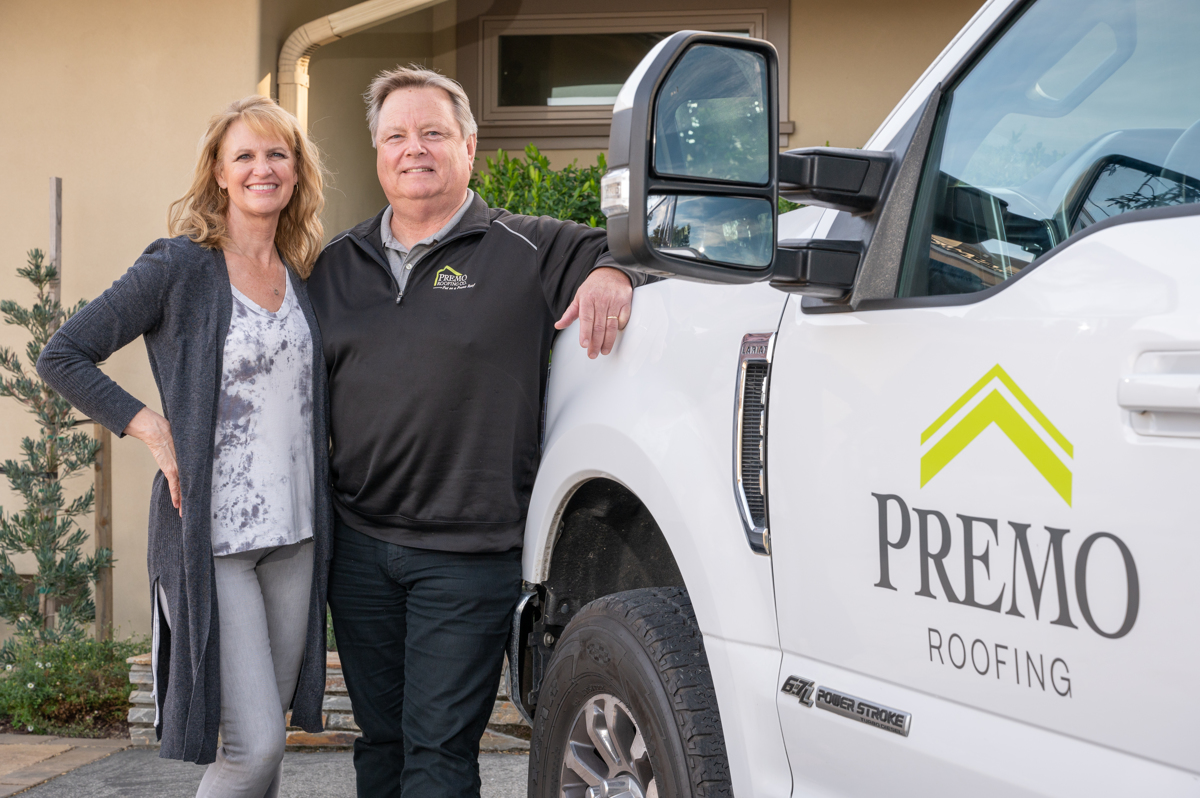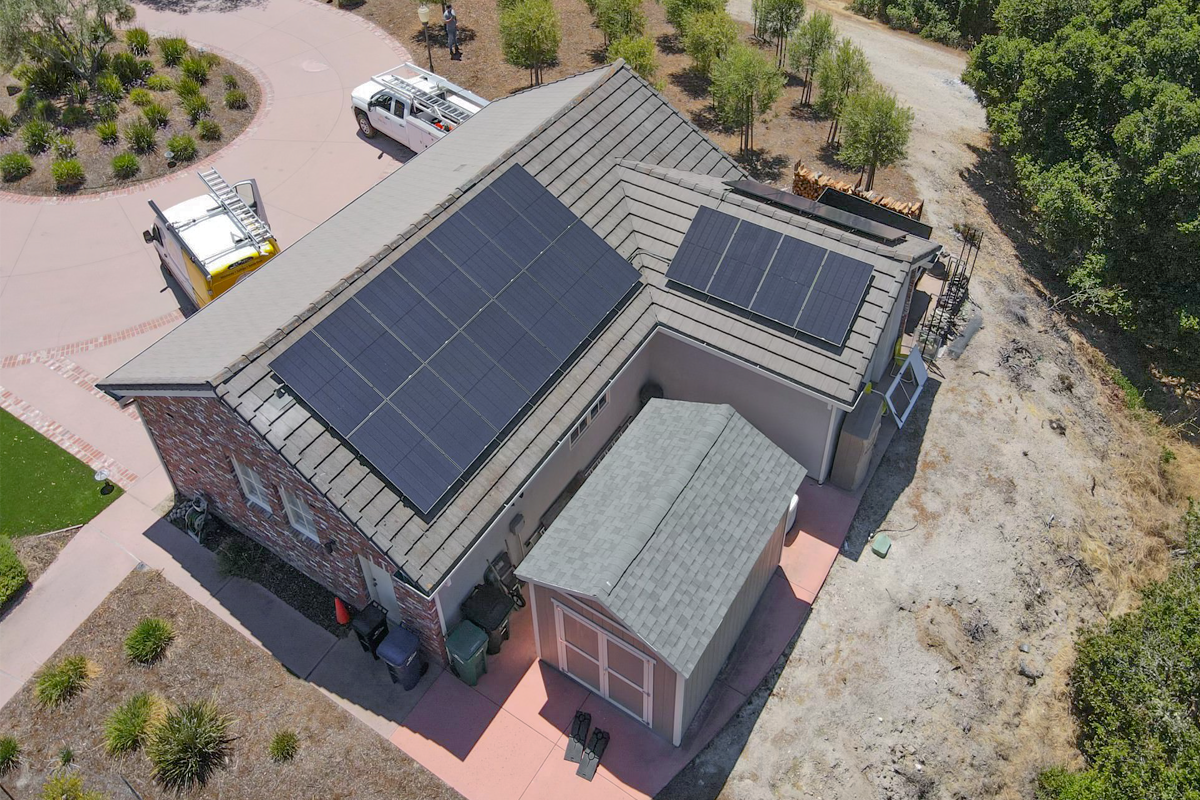Your roof is already one of the most functional parts of your home, but it can provide even more benefits to your home. One of those ways is to provide a platform for solar panels that can help you benefit from clean, renewable energy, which can help you cut down on your energy costs and carbon footprint. The question is, can your roof support the panels? There are things you should do to make sure your roof is ready for solar.
Get a Professional Roofer’s Opinion
Solar companies can help you make many decisions regarding your solar panels, but they aren’t trained to prepare your roof for the installation process. The best thing you can do is contact a trusted local roofer that also specializes in solar. Premo Roofing can inspect your roof for any defects, damage or weak spots that may make it difficult to support the weight of the panels. Plus, it’s much more difficult and costly to repair the roof after the panels have been installed. So, it’s important to make sure the roof is in perfect shape before the solar installation begins.
What is the Square Footage of Your Roof?
Roof size matters when it comes to solar. Your roof may need to meet a minimum requirement of usable surface area to have solar panels installed. Your roofing contractor/solar consultant will address these details during your project.
What type of roofing material do you have on your house?
Not all roof types qualify for solar panels. Roofing materials that are strong and durable, like asphalt roof shingles, make excellent surfaces for supporting the panels. Here are some of the most commonly used roof materials that are solar ready.
- Clay tiles
- Slate tiles
- Concrete
- Wood
- Metal
How Old is Your Roof?
A general guideline is a roof should be 10 years old or less and in good condition before beginning a solar installation. Solar panels can produce efficient energy for 25 years minimum, so it is better to install solar panels on newer roofs. If your roof is older, you may want to schedule a roof inspection to see if its condition is good enough to support solar. If your roof is not prepared, your solar panels may need to be removed and then reinstalled.
Is Your Roof in Good Condition?
During this roof inspection, a roofing contractor will check the viability of the roof and attic. The roof must be free of signs of damage, leaks, proper ventilation, proper underlayment, undamaged vents and flashing. If damage is discovered, these issues may need to be repaired before the solar installation begins.
Is Your Roof Decking and Structure in Good Condition?
The roof decking and broad structure needs to be in good condition before installing solar panels. If these structures are not viable there may be a need to remove and reinstall the panels in order to fix the roof-related issues.
Angle, Pitch and Orientation
How your roof is lined up matters significantly for the effectiveness of solar panels on your home. A 30-degree angle is considered the best pitch for receiving sunlight. More importantly is the orientation of your home. Roofs aligned east-west are less efficient, as they will only receive light for half the day. North-south roofs are considered the best orientation for efficient energy generation.
What do you need to remember?
- Understand the provisions of your roof warranty so you don’t void its coverage and protection.
- Determine the condition of your existing roof. It may make sense to have it replaced before moving ahead with solar.
- Understand the pros and cons of your existing roof to determine the best solar installation option. A qualified roofing/solar contractor can help you make the right choice.
- Work with an experienced roofing/solar professional, like Premo Roofing to determine the best installation approach for your roofing system.




